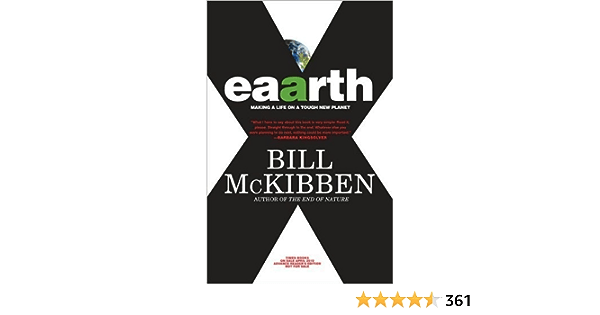News & Articles
Browse all content by date.

In his book Surviving Storms: Finding The Strength To Meet Adversity, Mark Nepo talked about the challenges we face when experiencing loss and grief. Nepo wrote, "One inescapable and humbling challenge of loss is that grief requires us to make new maps. For when we lose something dear - a person or a way of life - the geography as we have known it has changed. Our old ways are no longer accurate, no longer of use."
Watching the wildfires in Maui, Hawaii, and all the major climate events that have taken place over the past year from around the world, it's difficult not to think about the millions of people who have lost something dear: their lives, their family members, their health and their way of life.
Even here in Duluth, many of us are beginning to feel a sense of loss and grief over the various challenges we're now facing. The loss of a significant percentage of the bird and butterfly populations, the loss of our physical health and the loss of clean water without microplastics. And with so many losses to our environment and natural world, we are also beginning to feel like we're losing a way of life that we're struggling to hold onto and protect.
Earlier today, the Minnesota PolIution Control Agency reported that Duluth is still in an Orange air quality alert due to heavy smoke from the Canadian wildfires. Also, the StarTribune reported that three quarters of Minnesota is still experiencing drought conditions and Duluth is currently in severe drought. And there was David Wallace-Wells' opinion piece in the New York Times, where he wrote that the fires in Hawaii have changed and radically transformed the state's landscape
Whether it's in Hawaii, Canada or here in northern Minnesota, thousands if not millions of us are now experiencing loss and grief, and maybe more significantly, are beginning to feel more confused and disoriented with an ever changing landscape. From paper maps over fifty years ago to google maps on the cellphone today, we have used maps to help us figure out where we are and where we're going. But maps only work and are useful if they present an accurate and current representation of the terrain or territory that you plan to travel through.
So, in this climate-change world, if we choose to use maps that don't reflect what's actually happening, don't present an honest picture of what we've already lost and are projected to lose in the coming years, then it's a foregone conclusion that we can't make informed decisions or choose the most appropriate responses. We'll just become lost and won't adapt.
Often wonder what maps our city's leaders are using when they think about Duluth and are making decisions about not only climate change but also housing, transportation and public health. Wonder how they see and what they see when they look at our city.
Do their maps reflect the climate reality that our city faces and is experiencing? Do their maps provide a clear and concise picture of how climate change has already impacted the livelihoods of many of our citizens?
In this year's elections for mayor and city council, pay attention to what they say and talk about on the campaign trail. And when they give public speeches, distribute position papers or post on social media, ask yourself if the candidates appear to have maps that provide an accurate portrayal of the climate emergency that will impact every facet of Duluth. I
f their maps don't recognize and reference climate change, then how do they know where we are and where we should go? If they refuse to acknowledge and talk to us about climate change, can they really serve the best interests and common good of our city?
With the 2010 publication of Eaarth: Making A Life On A Tough New Planet, Bill McKibben cited a 75% rise in the number of hurricanes in the tropical Atlantic, twenty fold increase in the number of lightning strikes in the Arctic, and continuous rise in the atmospheric CO2 levels as proof that we no longer live on the same planet. McKibben wrote, "We're every day less the oasis and more the desert. The world as we know it has ended."
Will our city's leaders create and use maps of Duluth that include the landscape and terrain of our climate reality? Or will they decide to refrain or resist to make such choices?
It's August, 2023, and we are now at the crossroads of our city's future. In the words of Rollo May, author of The Courage To Create, do we "seize the courage necessary to preserve our sensitivity, awareness and responsibility in the face of radical change" or "shall we, as we feel our foundations shaking, withdraw in anxiety and panic?"
The maps that Duluth chooses to use will determine what we will do. Let's hope that our city takes the high road and makes the courageous choice.
| Tweet |


